Music artwork inspired by Charles Babbage’s first computer
Now seems to be the time for fine-art-leaning album artwork.
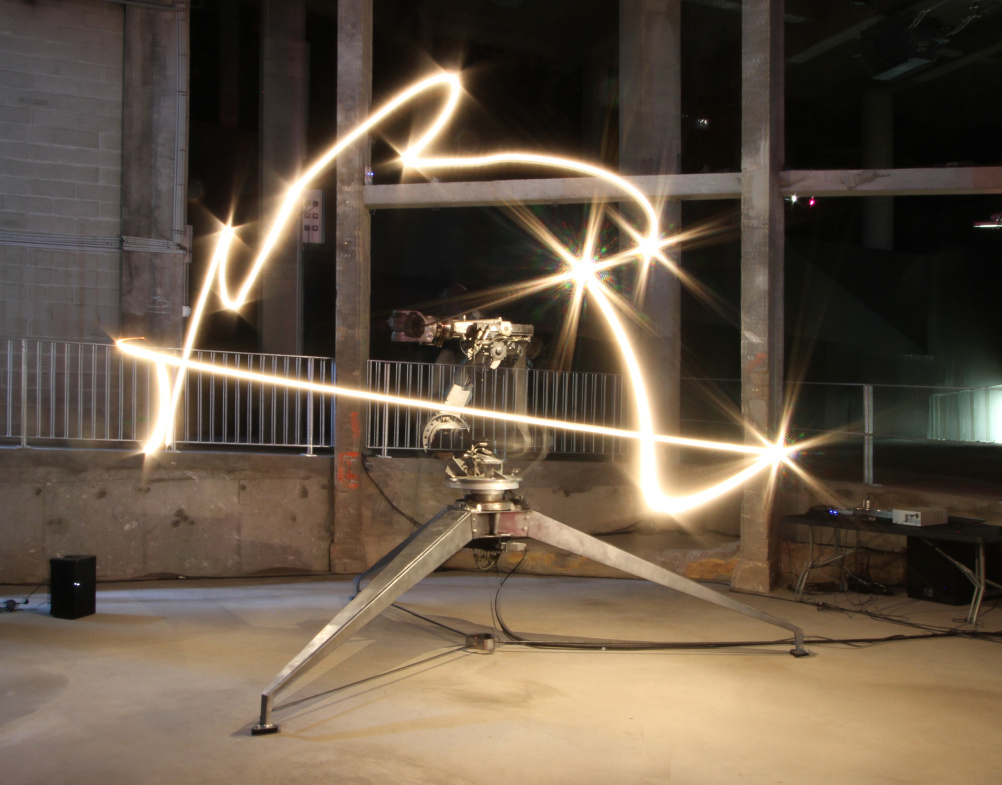
Source: Courtesy the artist and Victoria Miro, London
Conrad Shawcross, The ADA Project, 2013, Installation view at Palais de Tokyo, Paris
With Aphex Twin’s latest release available as a £250 Perspex vinyl limited-edition (covered over on Creative Review here), and a recent exhibition celebrating collector’s edition releases such as The Flaming Lips’ gummy skull-encased four track EP on USB, it seems there’s never been a better time to marry music and visual art.
Now one of the most active purveyor’s of this crossover, The Vinyl Factory, is making things even bigger, with a new installation work by artist Conrad Shawcross.
Entitled The ADA Project, the piece takes the form of a 20-day series of events centred around a hacked robot that has been programmed to enact four different choreographed “dances”.
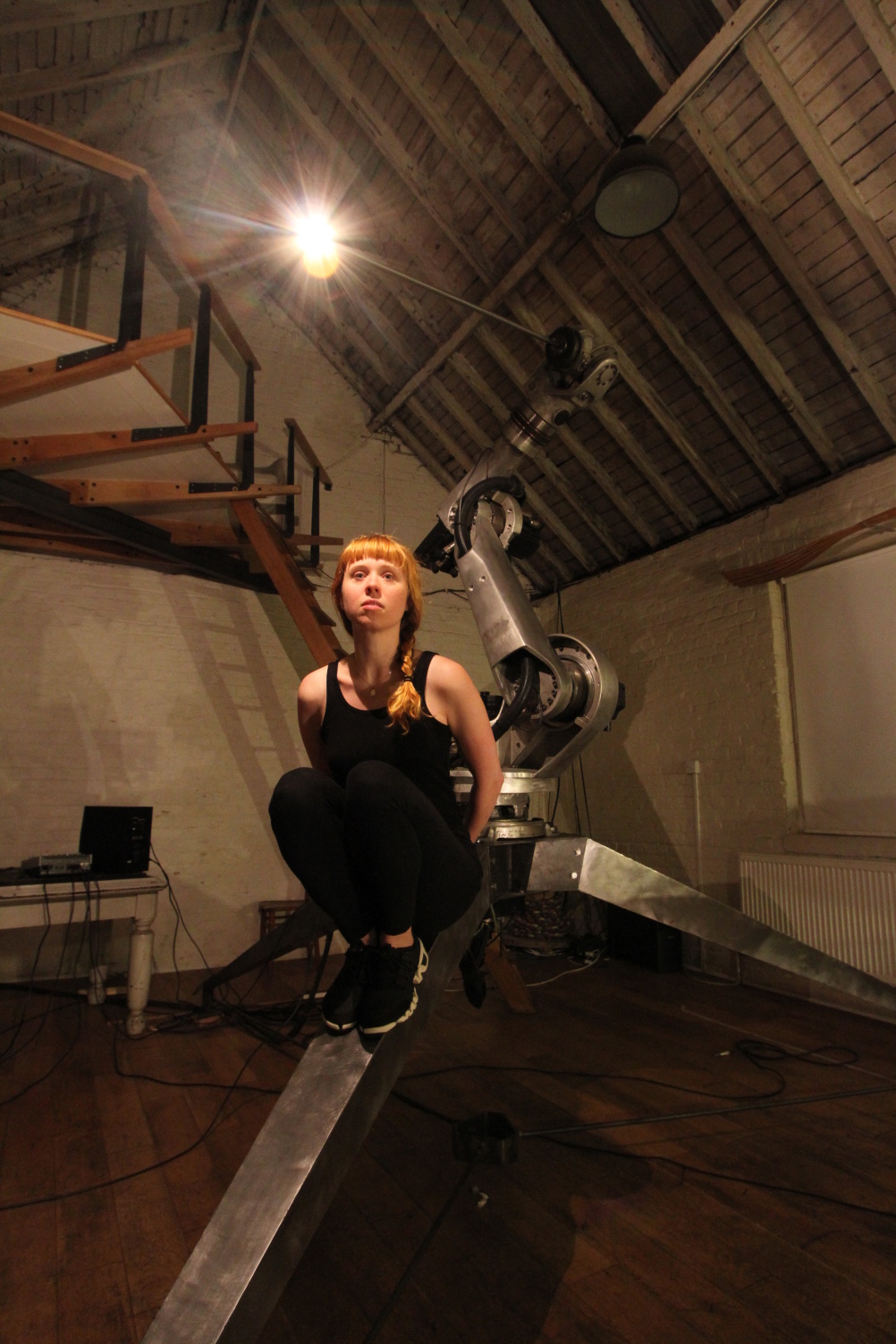
Source: Photographed by Conrad Shawcross, Courtesy the artist and Victoria Miro, London
Holly Herndon
Each dance responds to a piece of music created by a different musician, with Dillon & Clervaux, Mira Calix, Tamara Barnett Herrin and Mylo each creating a piece.
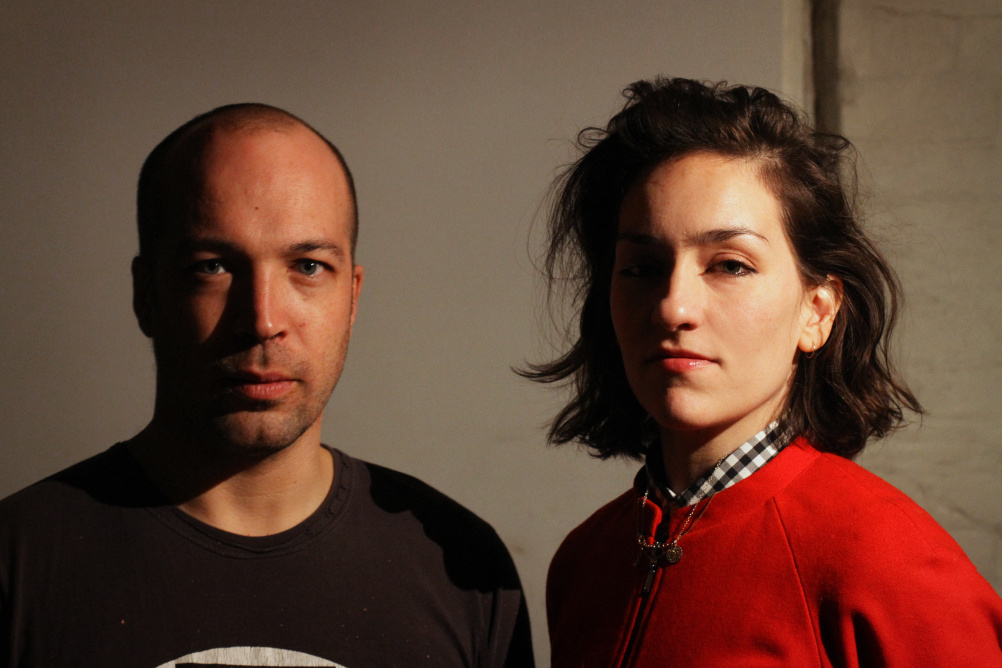
Source: hotographed by Conrad Shawcross, Courtesy the artist and Victoria Miro, London
Mylo and Tamara Barnett Herrin
These compositions are being pressed by The Vinyl Factory as one of four limited edition laser etched 12” vinyl records, each accompanied by one of four artist’s prints, hand signed and numbered by Shawcross. The singles alone will also be available as a larger edition.
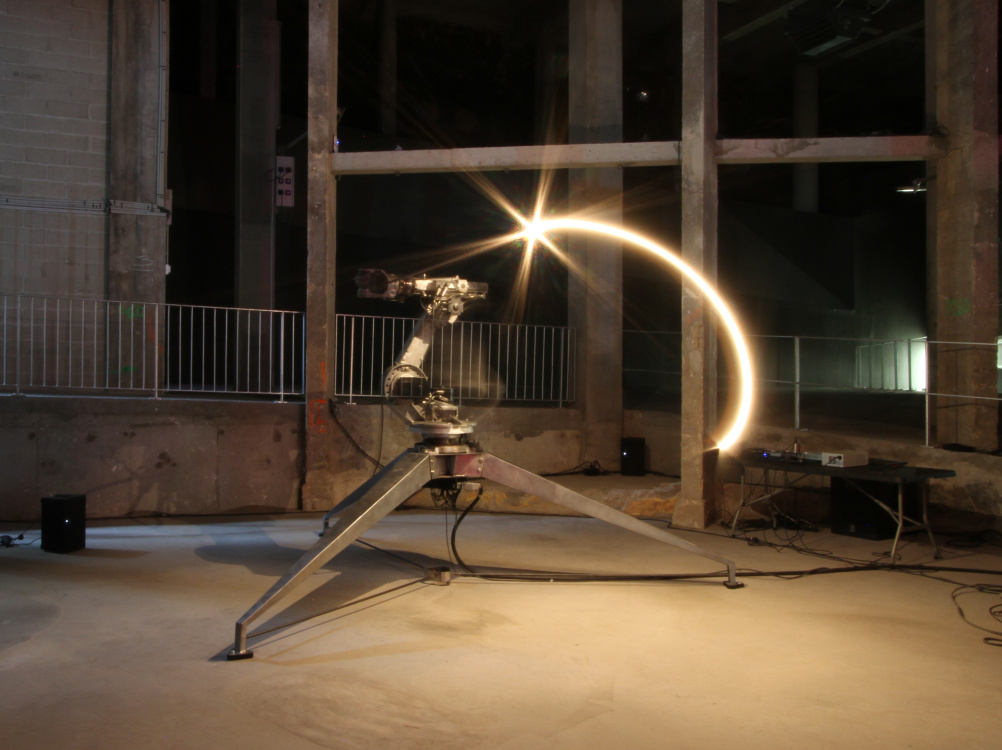
Source: Courtesy the artist and Victoria Miro, London
Conrad Shawcross, The ADA Project, 2013, Installation view at Palais de Tokyo, Paris
The Vinyl Factory says: “Conrad Shawcross takes a new approach to commissioning music, reversing the traditional process, so that the robot’s dance provides the inspiration and parameters for the music.”

Source: Courtesy of the artist and Victoria Miro London
Tamara Barnett Herrin, Photographed by Conrad Shawcross
The project has been inspired by Lord Byron’s mathematician daughter Ada Lovelace ,who worked with Charles Babbage to create what The Vinyl Factory calls “the first proto-computer”. This counting machine, said Lovelace, “might compose elaborate and scientific pieces of music of any degree of complexity or extent” , making it a 19th century direct ancestor of today’s music programming software.
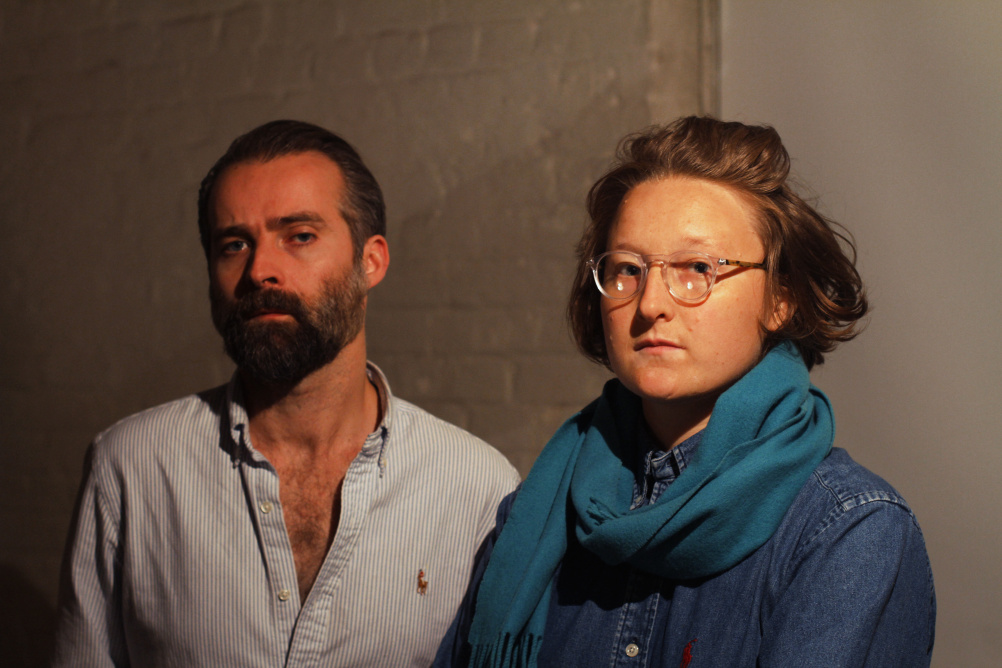
Source: Photographed by Conrad Shawcross, Courtesy the artist and Victoria Miro, London
Beatrice Dillon and Rupert Clevaux
The musicians involved in the project referenced this early invention in each of their pieces, working closely with Shawcross to study how his robot responded to the musical patterns they created, which are based on the ratios and drawings for the never-realised Babbage computer.
The ADA project is in place from 11 – 31 October at The Vinyl Factory Space at Brewer Street Car Park, which you can access from 17 Peter Street W1F 0AL
-
Post a comment




